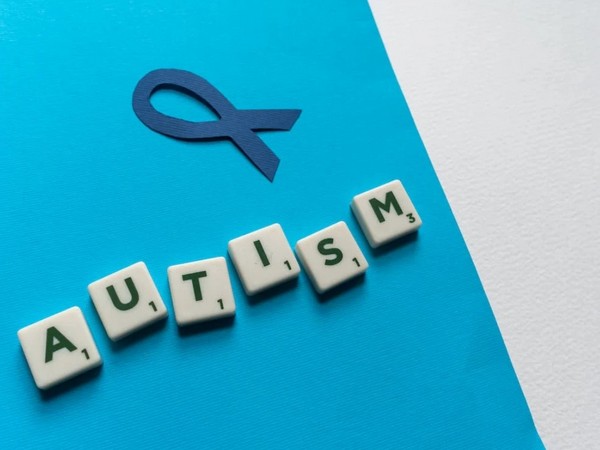New Hope for Autism and Intellectual Disability Treatment: Epigenetic Therapy Shows Promise
Historically, therapies for ASD and ID have primarily targeted managing symptoms, such as behavioral issues or communication difficulties, rather than addressing the root causes at the genetic and cellular levels.

- Country:
- India
In groundbreaking research, scientists have discovered a potential new therapy that could significantly improve the lives of individuals suffering from Autism Spectrum Disorder (ASD) and Intellectual Disability (ID). The novel treatment, which focuses on epigenetic modifications, has shown promising results in animal models and offers hope for the future of neurodevelopmental disorder therapies. Unlike current treatments that mainly focus on alleviating symptoms, this therapy could potentially correct the underlying genetic and cellular issues that cause these disorders.
The research, led by Tapas K. Kundu and James Clement from the Jawaharlal Nehru Centre for Advanced Scientific Research (JNCASR), sheds light on the possibility of reversing certain aspects of ASD and ID by targeting a key epigenetic mechanism in the brain. The team focused on a mutated gene known as Syngap1, which has been associated with ASD in humans and is found in a strain of mice known as Syngap1+/- mice. These mice serve as a model for studying the effects of Syngap1 mutations in autism.
Historically, therapies for ASD and ID have primarily targeted managing symptoms, such as behavioral issues or communication difficulties, rather than addressing the root causes at the genetic and cellular levels. However, this new research takes a bold step forward by suggesting that epigenetic modifications could be leveraged to correct underlying deficits in the brain's structure and function. Specifically, the team found that acetylation of DNA-associated proteins, including histones—proteins that help structure chromosomes—is repressed in the brains of Syngap1+/- mice, mirroring the situation in human patients with the same mutation.
Histone acetylation is a crucial process for regulating gene expression and maintaining proper brain function. In normal conditions, this process helps ensure that genes are activated or silenced appropriately, allowing the brain to develop and function properly. However, in the Syngap1+/- mice, histone acetylation is impaired, leading to neuronal dysfunction and cognitive deficits. This epigenetic abnormality is believed to contribute significantly to the manifestations of ASD and ID.
The key to reversing this impairment lies in an enzyme known as KAT3B, also referred to as p300. This enzyme plays a crucial role in histone acetylation. In previous studies, Kundu's group had discovered a potent activator of KAT3B, known as TTK21. When conjugated with glucose-derived nanospheres (CSP-TTK21), this compound was able to reach the brain effectively and activate histone acetylation.
The research team then conducted experiments by administering CSP-TTK21 to Syngap1+/- mice. Remarkably, the treatment restored neuronal function, enhanced learning and memory, and even induced neuronal rearrangements in these mice. These positive effects were observed even when the treatment was given after the brain had reached a developed stage, such as during adolescence in humans. This suggests that the therapy could have significant benefits for older individuals with ASD or ID, whose brains may have already undergone some developmental changes.
The implications of this study are profound. For the first time, research has directly linked histone acetylation to autism, offering a novel approach to treating neurodevelopmental disorders. By targeting epigenetic modifications, this therapy opens the door to a new class of treatments for individuals with Syngap1-related ASD and ID, and potentially other related conditions.
While the findings are still in the early stages and have been tested in mice, the results have generated considerable optimism. If further research confirms these promising outcomes in humans, this epigenetic therapy could provide a much-needed alternative to traditional treatments. It has the potential not only to alleviate symptoms but to restore function and improve quality of life for individuals with ASD and ID.
In conclusion, this research marks a significant breakthrough in the quest to understand and treat autism and intellectual disability at a molecular level. The ability to influence brain function through targeted epigenetic modifications offers new hope for patients and their families, potentially allowing individuals to live more independent lives. The ongoing work in this area may well pave the way for the development of therapies that can correct the very genetic and cellular foundations of neurodevelopmental disorders, revolutionizing treatment strategies in the years to come.










